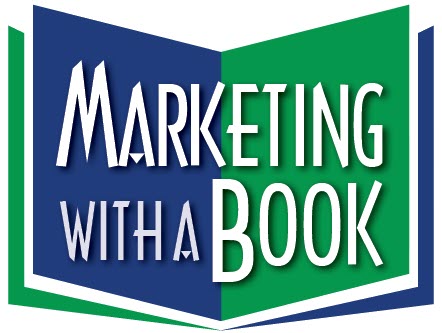Is your marketing for clients pathetic or genetic? Pathetic new client marketing communicates the message “I am in business too.” I am also a lawyer. I am also a management consultant. I am also an executive recruiter.
![decoding_dna4[1]](https://marketingwithabook.com/media/decoding_dna41-279x300.gif)
Okay, I don't understand how to decode real DNA. But I know that to win new clients you need to understand your genetic marketing to be attractive to prospective clients.
Here is the Readers Digest version. Before you can begin attracting clients, you need to create a marketing genetic code that is attractive to clients. All of your marketing messages, from networking discussions to speeches, will contain the elements of this marketing DNA that positions you as the Educating Expert. Here are 10 steps that will help you create these all-important marketing genes. (The findings are from of our 8-year, $2 million research study about how the most successful professional and consulting firms use this model were published in our book, Client Seduction.)
- Create a business name, book title or a Web site name that gives potential clients a hint at the results you can produce for them. The worst possible business name or Web site name is your name. I know, I know, McKinsey and Price Waterhouse are named after the founders. But you are not them. Sorry to say, clients don’t want us, they want results.
- Write headlines for your book chapters, articles, Web site and marketing materials that describe your audience and the results you produce for them. Do this in no more than 10 words. Mine is “We help professionals and consultants attract all they clients they need.”
- Name your client’s pain. What are your client’s worries, frustrations and concerns that you help solve? This is also called the FUD factor: fear, uncertainty and doubt.
- Describe your solution or methodology for solving these pains. What process do you follow to produce results? Offering a proprietary problem-solving process that you name and trademark is best. This answers the all-important question in their minds: “Why should I do business with you instead of one of your competitors?”
- State the common misperception that holds many back from getting results. Why doesn’t everybody do what you named in step 4?
- Tell your clients what they need to do in general to solve their problem. Pretend they weren’t hiring you and you had to describe the steps they should take for success.
- List any other benefits they get from following your methods. What other good things do people get when they do what you advise?
- Elaborate on your track record of providing measurable results for clients. Be specific as much as possible. Use numbers, percentages and time factors.
- Create a Web site with free tips articles on how to solve these pains. Each article should be about 300 to 600 words. What’s a good format? Consider the numbered tips approach you are reading right now (easy to write, easy to read).
- Make prospects an offer of a free special report on your Web site. You are offering to trade them a valuable piece of information for their email address. Tell them they will also receive a tips enewsletter from you. Assure them you will maintain their privacy and they can easily opt off your list any time they want.
